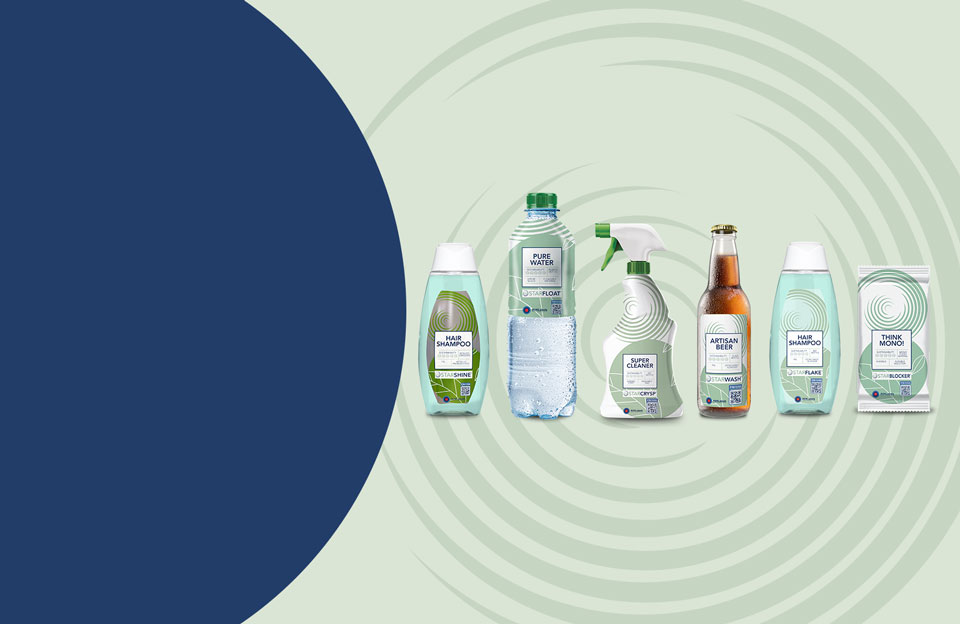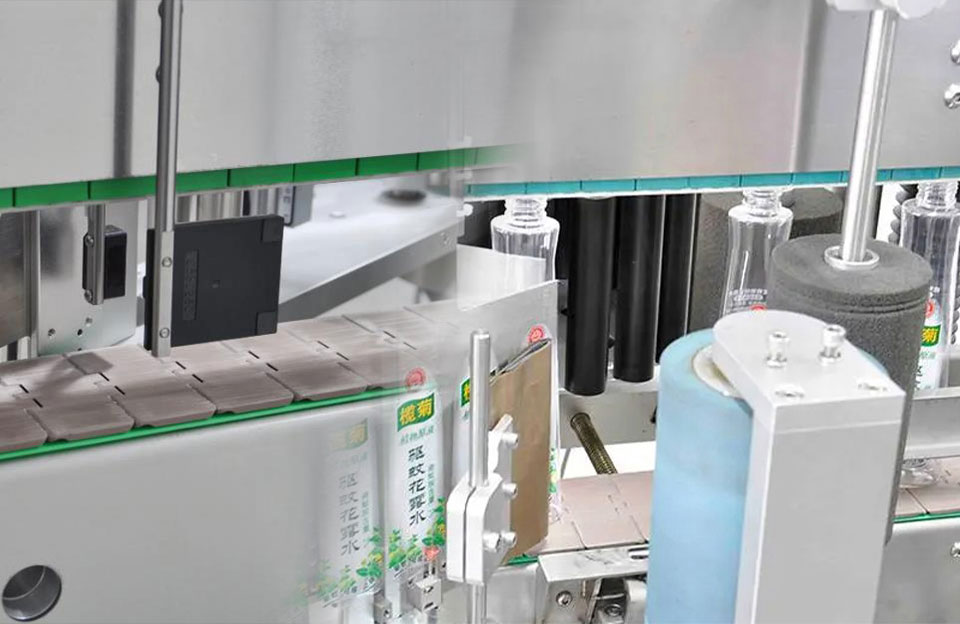Wet glue labels, also known as cold glue labels or wet glue labels, are a labeling method used to attach labels to various products and packaging. Unlike self-adhesive labels with pre-applied adhesive, wet-glue labels require wet adhesive or glue to attach the label to the surface of the product or package.
What Is A Wet-Glue Label?
The application process of wet glue labels usually includes the following steps:
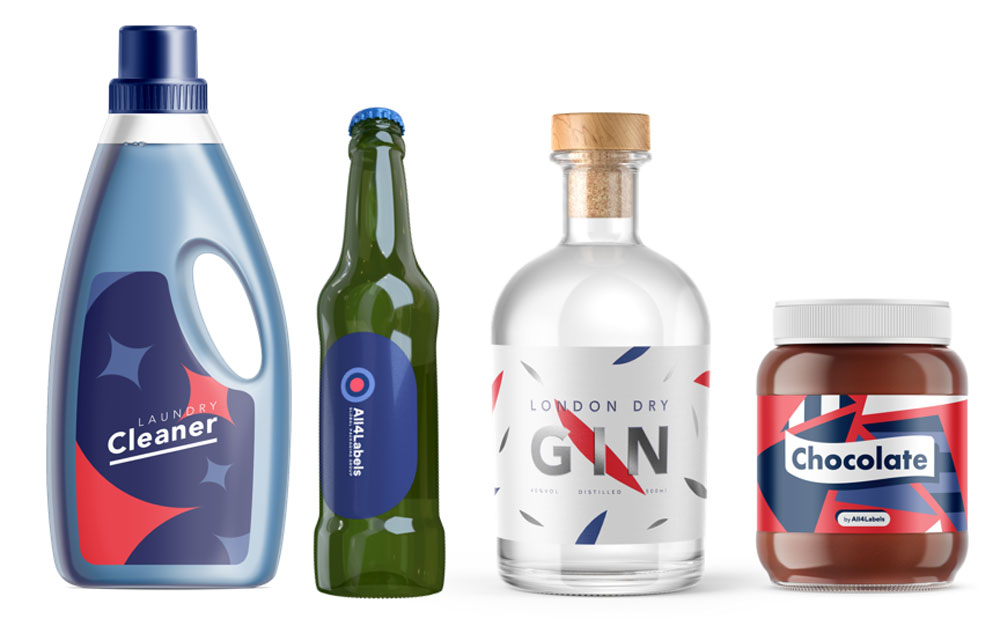
- Glue Application: Wet glue is applied to the back of the label using a specialized label applicator or labeling machine. Glues are usually liquid or semi-liquid and must be formulated to adhere to specific surface materials of products or packaging.
- Labeling: After the glue is applied, the label will automatically or semi-automatically attach to the product or package. The labeling machine places the label accurately on the surface and applies pressure to ensure a proper bond.
Wet glue labels are commonly used in industries that require strong adhesion, durability, and the ability to withstand challenging environmental conditions. Some common applications for wet glue labels include labeling glass bottles, metal cans, cardboard boxes, and other types of food, beverage, pharmaceutical, and household product containers. One of the advantages of wet glue labels is that they can be easily removed during recycling, making them a more sustainable option than other labeling methods.
What Materials Are Available For Wet-Glue Labels?
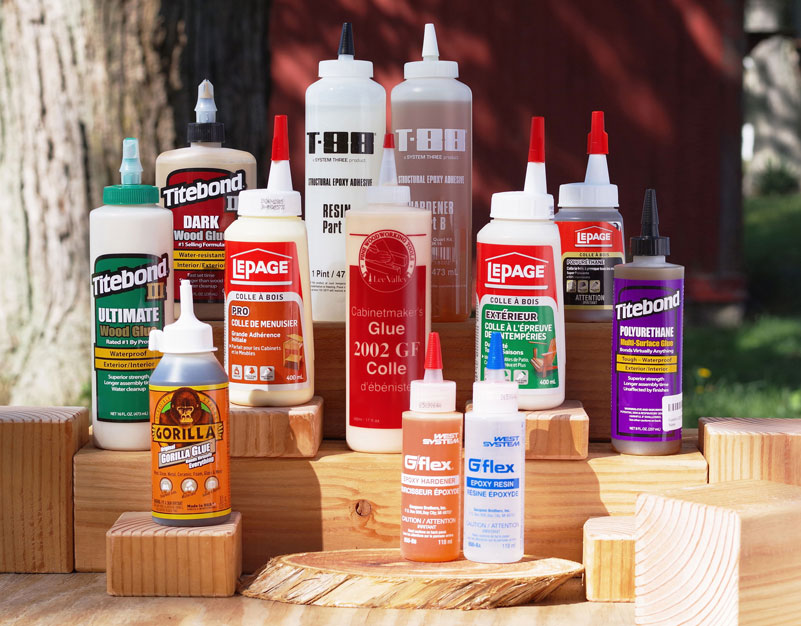
Wet glue labels can be made from various materials to suit packaging and product requirements. Some common materials used for wet glue labels include:
- Paper: Paper is one of the most widely used materials for wet glue labels. It can be coated or uncoated and has a variety of finishes, such as glossy, matte, or textured. Paper wet glue labels are commonly used to label bottles, cans, boxes, and other packaging for food, beverages, and various consumer products.
- Films: Polypropylene (PP) and polyethylene (PE) can be used as wet-glue labels when more durable, moisture-resistant labels are required. Film labels are commonly used in personal care, household products, and industrial applications.
- Aluminum Foil: Aluminum foil materials such as aluminum foil make attractive, high-quality wet-glue labels, often used in high-end products, spirits, and cosmetic packaging.
- Laminated Labels: Laminated labels combine multiple layers, such as paper and film, to achieve specific attributes such as enhanced durability, barrier protection, or a unique appearance.
- Textured Materials: Some wet glue labels use textured materials such as linen, felt, or embossed paper to add a unique look and feel to product packaging.
- Transparent Labels: Transparent or clear labels are made of transparent film and other materials, making people feel the label is printed directly on the package.
- Special Materials: use special materials such as holographic film or metallic paper to make labels with unique visual effects so that the products stand out on the shelf.
The choice of material depends on various factors, including the packaging material for the product, the labeling machine being used, the environment to which the labeled product will be exposed, and the overall branding and marketing strategy.
It is critical to choose a label material that not only meets aesthetic requirements but also has good adhesion to the packaging surface and can withstand the intended use and handling of the product. Manufacturers and label converters can help businesses choose the materials that best suit their needs.
The Processing Flow of Wet-Glue Label
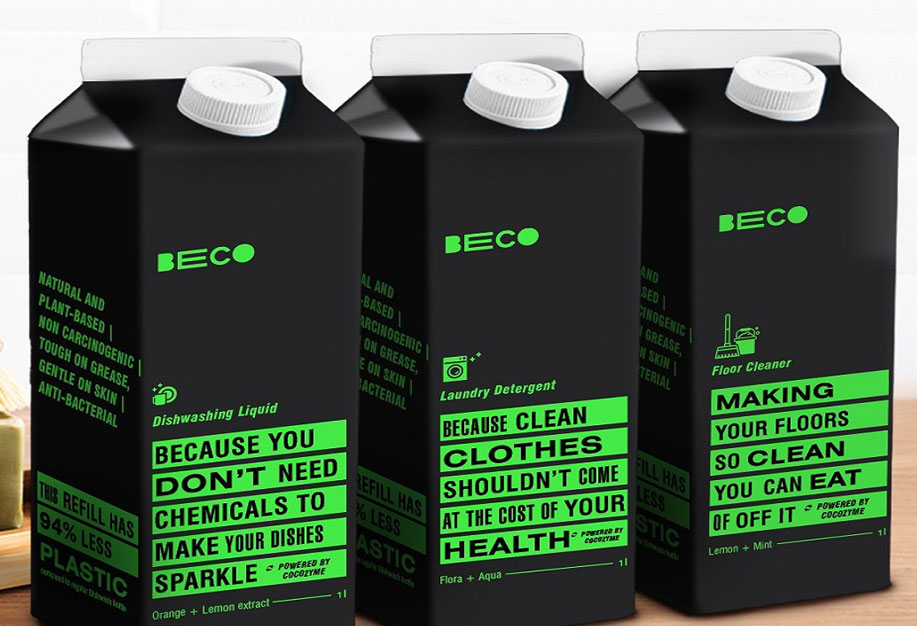
The conversion process of wet glue labels involves converting raw materials into finished labels that can be applied to products or packaging.
- Material Selection: The first step is to select the appropriate label according to the product packaging material, design requirements, and the environmental conditions the labeled product will encounter.
- Printing: Use various printing methods to print the required artwork, text, and brand on the selected label material. Common printing techniques for wet glue labels include flexo printing and offset printing. Printing can involve multiple colors and special finishes, such as varnish or laminate.
- Coating: In this step, the printed label material can undergo a coating process to enhance its durability, moisture resistance, or other properties. For example, a waterproof coating can be applied to protect labels from damage from moisture or spills.
- Die-cutting: After the label material is printed and coated, it is die-cut into individual label shapes. Die cutting is cutting label stock into the desired shape and size using a sharp, custom-shaped cutting tool (die).
- Glue Application: Apply glue or adhesive to the back of each label. Depending on the label design and intended use, different types of glue are available, and application can be done with a specialized label applicator or glue machine.
- Label Inspection: Labels are inspected to ensure they meet quality standards and remove any defective labels from the production line.
- Roll or Sheet Forming: Finished wet glue labels can be supplied on rolls or sheets, depending on the labeling equipment used and customer preference.
- Packing and Shipping: The last step in the wet glue label process is to pack the wet glue labels for shipment to the customer. Labels can be packed in rolls, sheets, or stacks according to the different requirements of customers.
It’s worth noting that some advanced label conversion processes may involve additional steps, such as laminating multiple layers for added durability or incorporating security features such as holograms or RFID (radio frequency identification) tags to prevent counterfeiting and enable product tracking.
The exact conversion process may vary, depending on the specific label manufacturer and the complexity of the label design and materials used. The converting process aims to produce high-quality wet-glue labels that meet customer requirements and adhere securely to the product’s surface or packaging.
What Wet-Glue Labels Mean for Sustainable Solutions?
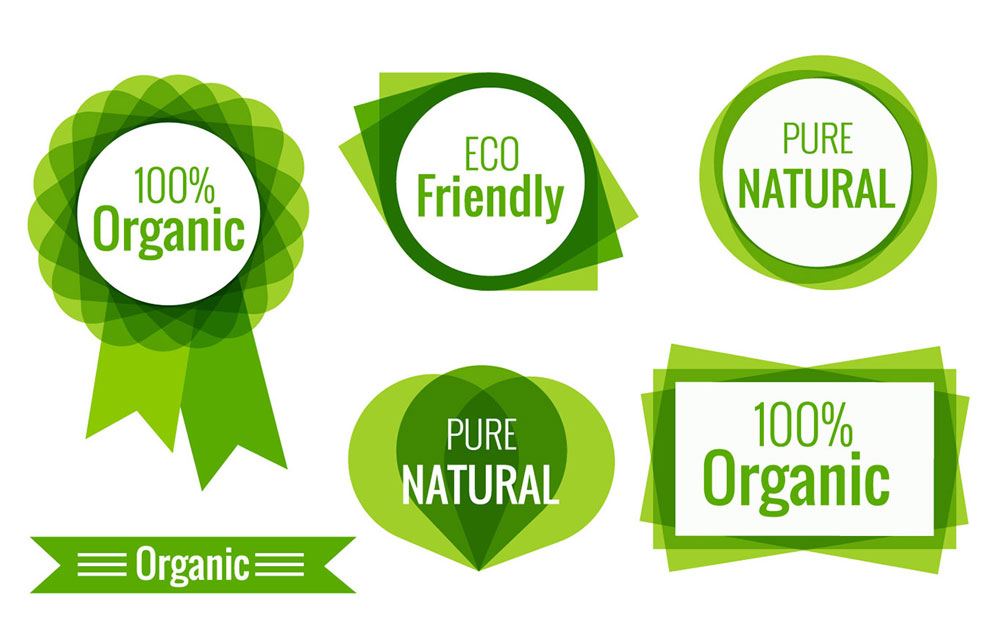
Wet glue labels can contribute to sustainable solutions in several ways:
- Recyclability: Compared with self-adhesive labels, wet glue labels are usually easier to remove during recycling, and recycling facilities can more easily separate labels from packaging materials, improving recycling efficiency and reducing contamination risks.
- Environmentally Friendly Adhesives: Many wet glue labels use water-based or solvent-free adhesives, considered more environmentally friendly than the adhesives used in some self-adhesive labels. Water-based or solvent-free adhesives have lower VOC (volatile organic compound) emissions, reducing potentially harmful environmental and human health effects.
- Lighter Weight Labels: Wet glue labels can be made from hinner, lighter materials than other labeling options. Lightweight design reduces overall packaging weight, which reduces transportation energy and greenhouse gas emissions.
- Sustainable Label Materials: Wet glue labels can be produced using various sustainable label materials, such as recycled paper, FSC (Forest Stewardship Council) certified paper, or biodegradable film. These materials have a lower environmental impact and help promote more responsible sourcing practices.
- Extended Shelf Life: Some wet glue labels can be designed to provide barrier properties that protect packaged products, thereby extending shelf life and reducing food waste. For example, wet-glue labels with a moisture-resistant coating prevent product degradation due to humidity.
- Less Residue: Compared to self-adhesive labels, wet-glue labels typically leave less residue on the packaging after removal, reducing the need for additional cleaning processes and making recycling more efficient.
- Enhanced Product Information: Wet glue labels can be designed with more space to display product and sustainable development information. Brands can use this opportunity to communicate their sustainability efforts, eco-friendly certifications, or recycling statements to encourage consumers to make more informed and sustainable choices.
- Local Sourcing and Manufacturing: Wet glue labels can be produced using local or regional resources and manufacturing processes, reducing transport distances and associated carbon emissions.
Conclusion
While wet-glue labels have sustainability advantages, it’s important to remember that a product’s or packaging’s overall sustainability goes beyond just the label. Brands and manufacturers should consider the entire lifecycle of a product, including raw material sourcing, production process, distribution, use phases, and end-of-life options, for holistic, sustainable solutions. By incorporating environmentally friendly practices into all aspects of the product life cycle, businesses can make a meaningful contribution to environmental protection and responsible resource management.
